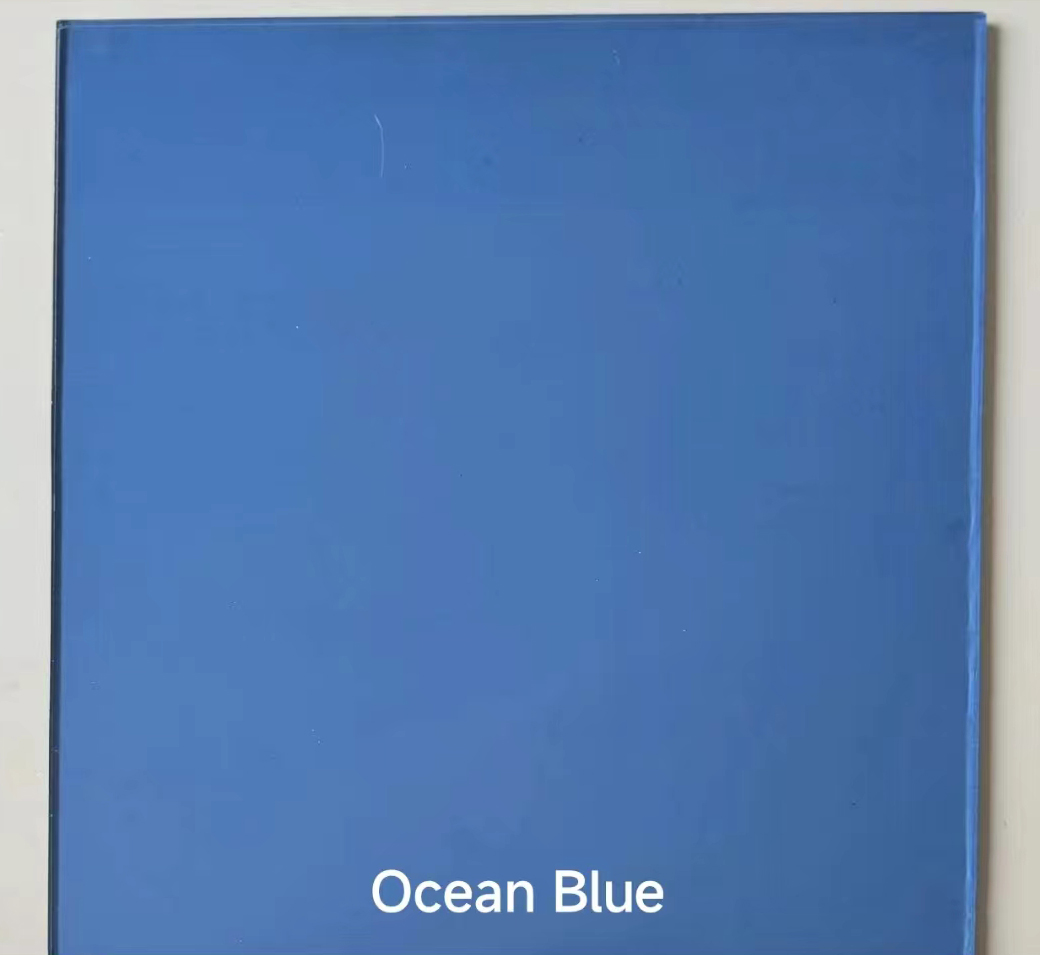When imagining the reflective surfaces that we encounter daily, mirrors easily come to mind. Yet,
the diversity within the realm of mirror glass is often underestimated. An exploration of its variants illuminates an intriguing blend of functionality, design, and technology. Understanding these types can guide consumer decisions, particularly for those seeking specific features or aesthetic qualities.

The classic silvered mirror is perhaps the most ubiquitous, found widely in domestic and commercial environments. This mirror is made by applying a thin coating of silver nitrate onto a glass sheet, followed by a protective coat. Renowned for its high reflectivity, this mirror provides accurate reflections and is essential in spaces such as bathrooms and dressing rooms where realistic reflection is crucial.
Moving into the realm of decorative applications, antiqued mirrors provide a touch of vintage charm. Characterized by their aged appearance, these mirrors are achieved through chemical processes that give the glass a distressed look. Often seen in upscale interiors, they serve as both functional pieces and artistic elements, enhancing the visual depth of a room.

In addition, back-painted glass mirrors are creating waves in modern interior design. These are mirrors with an opaque finish on the back side, achieved by baking a colored paint onto the glass. The result is a sleek, seamless finish that offers a dual function reflective when needed and decorative at all times. This versatility allows homeowners to integrate functionality with a color scheme or design theme, making them popular in contemporary kitchens and offices.
Technology propels the humble mirror into new arenas with smart mirrors, amalgamating traditional reflective properties with digital integration. Equipped with features such as lighting controls, health monitoring, and even internet connectivity, smart mirrors serve as interactive devices in smart homes. These are particularly transformative in health-centric applications, providing real-time data that aids in personal fitness, grooming, and health management routines.
types of mirror glass
Another innovation is one-way mirrors, which, unlike traditional mirrors, only reflect light from one side. This is achieved by coating the glass with a thin, semi-transparent layer of metal. Ideal for surveillance applications and privacy solutions, they allow unobtrusive observation without sacrificing the mirrored appearance from one side. Such mirrors are invaluable in security settings and design elements where discretion is paramount.
Eco-conscious consumers may appreciate the rise of copper-free mirrors. Traditional mirrors often use copper, which can be environmentally damaging during production and disposal. Copper-free mirrors replace this element with more sustainable materials, resulting in a more eco-friendly product without compromising on quality or reflective clarity.
Perhaps less common but equally functional are bullet-resistant mirrors. Constructed to withstand impacts, these mirrors are composed of layers of treated glass and polycarbonate substrates. Typically, these are bespoke solutions for spaces that require heightened security, such as banks and government facilities. Their development underscores the intertwining of design and security in complex spaces.
For specialty applications, radiation shielding mirrors represent a niche yet critical category. Used primarily in medical and industrial settings where radiation exposure is a concern, these mirrors incorporate leaded glass to provide safety without losing reflective quality. This ensures that safety standards are met while maintaining the functional utility of the mirror.
Thus, the nuanced selection of mirror glass types stands as a testament to both innovation and tradition, offering solutions ranging from simple reflections to complex, integrated systems. Consumers equipped with this knowledge can make more informed choices, ensuring their selections not only adorn their spaces but also meet specific needs and preferences with precision. As the technology and artistry of mirror production continue to evolve, the array of possibilities only expands, inviting both awe and practical application.



